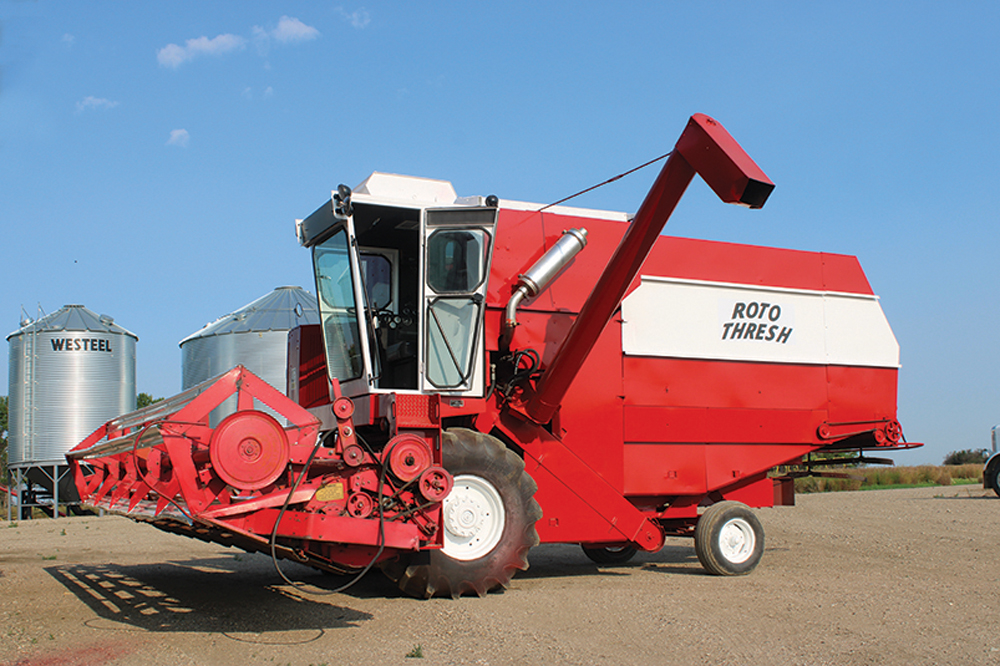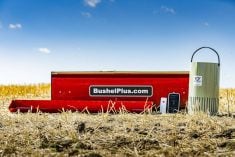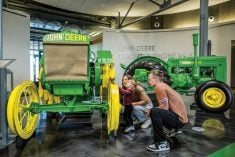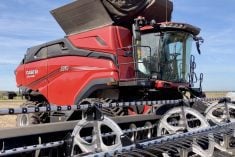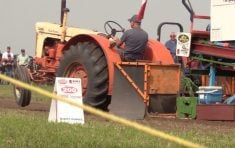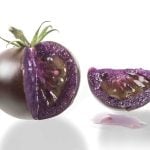It isn’t often I get to follow up on a machinery article more than a decade later. But in the case of Mervin Lloyd’s Roto Thresh combines, that’s exactly what happened.
Back in 2011 I spoke to Mervin Lloyd of Fiske in west-central Saskatchewan about his thoughts on the unique Roto Thresh combines he owned and used years ago on his farm, for an article in Grainews.
Last fall, Arnold Somerville of Milden, about 65 km east of Fiske, called, saying he now owned those machines and was in the process of restoring one of them back to working condition.
Read Also

Claas brings 1000 Series SP forage harvesters to Canada
In mid-August, Claas unveiled its new line of Jaguar forage harvesters at an event in Visalia, California, deep in the heart of that state’s dairy region.
Digging back through my files, I found some details about the conversation Mervin (who has since passed away) and I had about the machines.
ALSO: What’s different about the Roto Thresh?
“I ordered it (the first Roto Thresh) for delivery in 1975,” Lloyd said back in 2011. “But they didn’t get it done until 1976. After they quit manufacturing them, I bought a second one. (At that time) they were selling them rather reasonable. About $15,000, I think.”
That fire-sale price made the second combine a real bargain, but buying another new machine from a company that was closing out meant he needed to stockpile some spare parts.
“When they were shutting down, I went and bought a truckload of parts,” he added.
That $15,000 price tag back in 1978 is equal to just over $66,000 in today’s dollars.
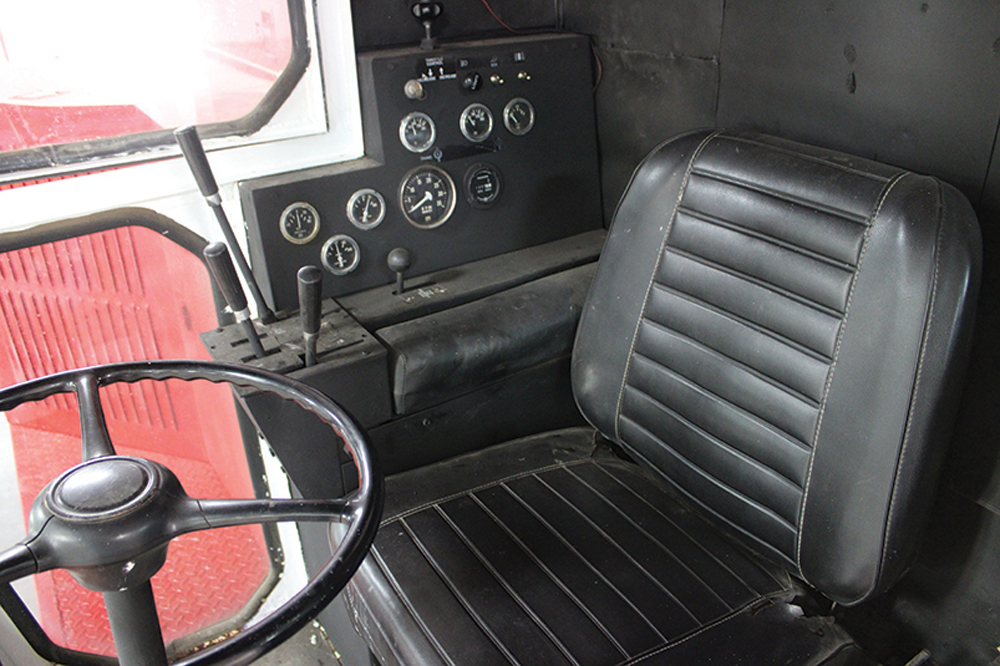
The on-farm store of replacement components allowed Mervin to keep the two Roto Thresh combines going for several years after the company folded.
Lloyd said he had co-operated with Roto Thresh engineers, allowing them to do some field testing on his farm while the company was still in business and working on the combine design.
“My dad was kind of an innovator,” Mervin’s son John says. “He really enjoyed playing around with things like that. He had all sorts of patience for working with it, finding its shortcomings and fixing it up and innovating. He really, thoroughly enjoyed those. He said those were his favourite combines.
NEW VIDEO: Vintage Roto Thresh combine hits the field to harvest wheat
“We used it for eight or nine years. I believe in 1985 we switched to a pull-type Versatile.”
Both eventually ended up sitting unused for decades until Somerville came along. He bought both and pulled one into his farm shop for a restoration. The second machine was scavenged for parts.
“The motor was stuck,” Somerville says. “We did some work on it, took the heads off and cleaned it up. It wasn’t hard to unstick it.”
The aim of the restoration was to bring the machine back to something close to its original condition and have it, along with some of Somerville’s other vintage machines, harvest a little grain in the fall.
“In the fall, we run old combines, just for fun,” he says. “So this thing just kind of fit into that. It’s an oddball. That’s how we got into it.”
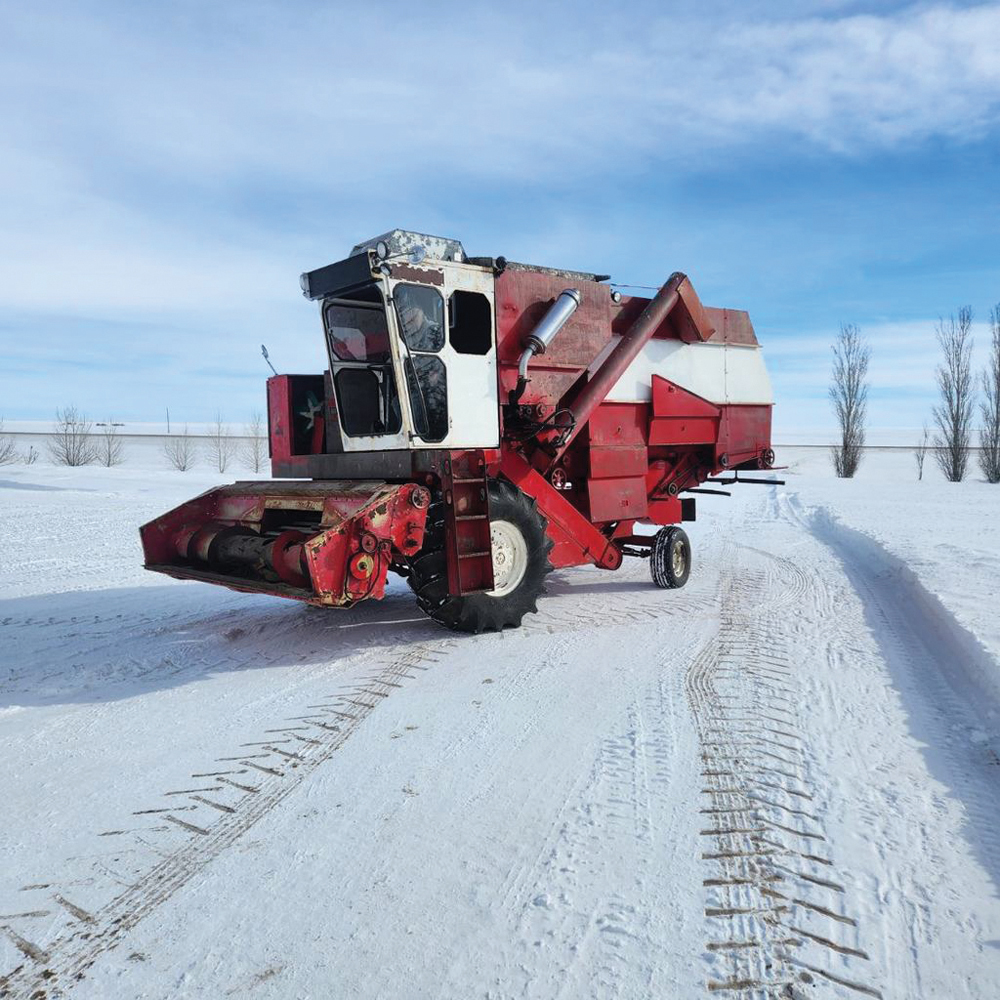
“We wanted something a little different,” adds Calvin Grunerud, who partnered in the restoration process. “Something odd and unusual.”
The sheet metal was in surprisingly good condition, considering the machines had sat outside unprotected. In all, the restoration took about a year and a half.
Aside from the engine work, the combine needed a few other repairs. “We had to change some bearings and, of course, belts,” Somerville says.
The restored combine was also given a fresh coat of paint, a job requiring about four gallons. Although Somerville and Grunerud couldn’t find a code for the original paint colour used at the factory, they managed to come up with a pretty good match.
The restored machine was the 1976 model, serial number 33.

“This is the one Mervin Lloyd ran,” Grunerud says. “This was his baby. We also have 22 as a parts combine.”
The combines arrived at Somerville’s with pickup headers, but the two men wanted a straight-cut header instead.
“They (Roto Thresh) used Massey headers,” says Somerville. “They didn’t have their own, we found that out. A ’70s or late ’60s Massey straight-cut header will work.”
It took some looking, but eventually a vintage 24-foot Massey header was located and purchased for the combine.

Now in fully operational condition, the Roto Thresh will eat a few acres of crop this harvest season, just for Somerville and Grunerud’s enjoyment of seeing a classic machine back in the field, doing what it was built for.
“We were sure we’d have some pictures of them back in field,” says John Lloyd of their original time in service on the Lloyd farm. “But we couldn’t find even one — another case that people should learn from that. Take pictures of your everyday stuff, not just your vacations and family get-togethers. We never think to take pictures when we’re out working, doing what we do.”


